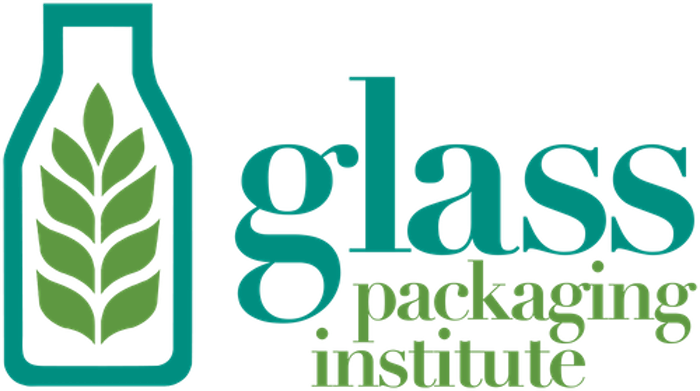Industry FAQ
How do manufacturers benefit from glass recycling?
Recycled glass extends the life of plant equipment and saves energy by consuming less raw material, which also reduces emissions
Glass manufacturers require high-quality recycled container glass to meet market demands for new glass containers.
Recycled glass is cost efficient as it cost less to manufacture containers with recycled glass than it does to create new glass from scratch. The process is also faster, which translates into faster placement of bottled products on store shelves.
Can any type of glass be recycled into food and beverage containers?
Only glass containers can be recycled to package food and beverage products. However, all glass is 100% recyclable, and can still be recycled for other purposes.
Windows, ovenware, Pyrex, crystal and other products or tools are manufactured through a different process.
What percentage of U.S. glass containers are recycled?
Just over 30%. In 2018, 39.6% of beer and soft drink bottles were recovered for recycling, according to the U.S. EPA. 39.8% of wine and liquor bottles and 15.0% of food and other glass jars were recycled. In total, 33.1% of all glass food and beverage containers were recycled that year. This percentage remains to be the U.S. average.
To learn about GPI’s strategy to increase the U.S. recycling rate to 50% over the next 10 years, visit our roadmap. (Link highlighted to “Roadmap to U.S..” page from About drop-down)
How much recycled glass is recovered in the U.S. annually?
Together with the fiberglass and glass container industries, 3.35 million tons of recycled glass is purchased annually. These tons are remelted and repurposed for use in the production of new containers and fiberglass products. (Sources: Precision Consulting, NAIMA)
How does glass recycling benefit the environment?
- Over a ton of natural resources are saved for every ton of glass recycled.
- Energy costs drop about 2-3% for every 10% cullet used in the manufacturing process.
- One ton of carbon dioxide is reduced for every 6 tons of recycled container glass used in the manufacturing process.
How many glass manufacturing plants are in the U.S.?
There are 44 glass manufacturing plants operating in 21 states.
How many glass processing plants are in the U.S.?
There are 63 glass beneficiating facilities, also known as glass processing plants, across 30 states. At the glass processing plants, recycled glass is further cleaned, sorted and resold to the glass container manufacturing companies for remelting into new food and beverage containers.
Is there a big difference in deposit vs. non-deposit states?
Yes, a significant difference. States with container deposit legislation have an over 63%, glass container recycling rate. Non-deposit states only reach about 24%, according to the Container Recycling Institute.
Beverage container deposit systems provide 11 to 38 times more direct jobs than curbside recycling systems for beverage containers. (Source: The Container Recycling Institute, "Returning to Work: Understanding the Jobs Impacts from Different Methods of Recycling Beverage Containers").
How big is the glass container industry in the U.S.?
Glass container companies represent a $5.5 billion dollar industry, and employ about 18,000 skilled workers in 49 glass manufacturing plants in 22 states. There are over 80 recycled glass processors in 35 states. On average, a typical glass processing facility can handle 20 tons of color-sorted glass per hour.
Visit our Glass Facts page to learn more about glass and glass recycling and how they relate to the manufacturing process. (link highlighted text)

